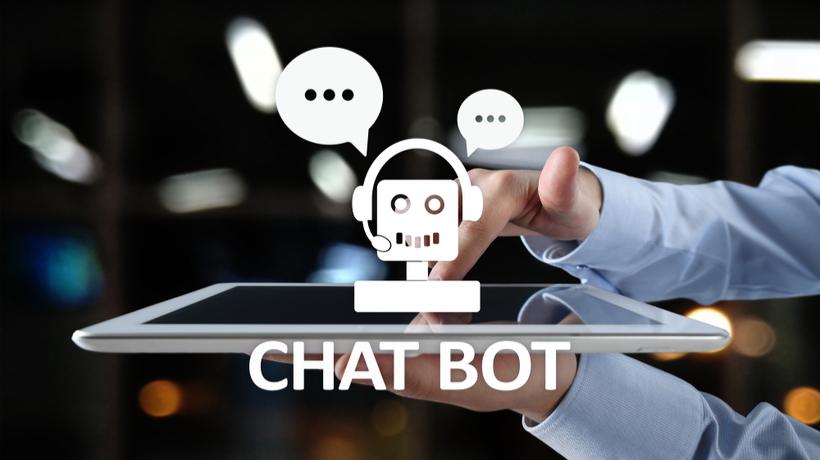The Time Of Intelligent Performance Support Has Come
At Learning Pool, echoing learning expert Frank Nguyen’s ‘Learning Experience’, we consider performance support to be the new learning paradigm. And with any paradigm shift you need to respond.

Firstly, you need to design for this new style of learning. This presents a challenge, or better, an opportunity, for learning designers. When we speak of the connectivity, it’s not only learners who’ve felt that lack of connection once the training is over.
Learning designers too are often left wondering, “what next?” The great advantage of moving training into performance support is that learning designers can more clearly evidence the benefits of their work.
Let’s look at the potential offered by chatbots. The advanced bots don’t just deliver information and learning to the learner, they deliver hard data to the designer. They bring learning designers into contact with how their training is being applied. Learning designers won’t have to wonder whether that eLearning course they created sat on the server like an unread book on a library shelf.
Empowering Learners With AI Tools
So, no more guesswork or happy sheets: with hard data on what works and what doesn’t, the designer can see what the learner really needs in their moment of need and adapt the learning accordingly. At the end you’ll have training directed at the workflow based on quantifiable data such as learner preference, task relevance and usage, and performance effectiveness.
Instructional Design models emphasize the need for constant evaluation, but this is often dismissed by organizations as a nice to have. Here it’s critical and part of the paradigm shift.
Instead of sidelining the learning designer, this new paradigm places them at the heart of Performance Support. Learning designers can liberate and empower learners by helping them learn to learn, using the AI tools and adapting their training to fit them.
Learning content needs to be created for quick access and intelligent searching and retrieval, offering learning and support at the same time. It needs to be adaptive too for changes in circumstance and usage. An employee looking for a piece of learning while on the job, has limited time and bandwidth.
A customer support agent is hardly going to put the customer on hold while they review an eLearning course.
A Sales rep or maintenance engineer wants to have information on their phone or tablet at the client’s location, not rush back to the office to take a refresher course.
There’s a change in context too: this training needs to be in targeted at the specific person in the specific moment. Analyzing the usage stats from performance support tools can help perfect the design.
We’re not saying there’s no place for training, only that maybe it’s been put in the wrong place. Training shouldn’t cease when you leave the classroom or exit the eLearning course and moving learning into the workflow can enhance its effectiveness and improve productivity.
Learning on the job is better than learning before the job.
The paradigm shift can also create a virtuous circle: as learners learn, learning designers learn from the learner. This means learning and support evolve and better meet the needs of the employee.
The virtuous circle also encompasses the experience of the employees. By allowing knowledge to flow into the system from the workplace and within the workflow, and being updatable and scalable (Nguyen’s content reuse), performance support can deliver competence and mastery by increasing knowledge retention and capturing experience.
Placing learning directly in the workflow through technologically-assisted performance support can translate into increased productivity, efficiency and cost savings, and enhanced performance. Those are pretty attractive benefits from an old idea.
The New Era Of Intelligent Performance Support
For performance support to be really effective, it must be at the point of need, simple to use, effective, updatable, and scalable. That’s where the introduction of AI is a game changer for this old idea.
With AI-based new technology adding intelligence to the power of search, information, and learning can become relevant, tailored and focused.
Technology-enhanced performance support provides a scalable solution where training becomes a dialogue with the learner. The interaction between the learner and the learning creates a virtuous cycle of knowledge exchange and retention.
This is not science fiction. The tools are here now. To make this a reality, it requires a shift in learning paradigm that puts training and performance support together, and moves training and learning out of the classroom and fixes it squarely in the workflow. That means having our learning designers create materials for performance support to put learning in the job at the center of their design and their training content.
With new technology and the user behavior it, encourages now is the opportunity for performance support to provide the benefits its supporters have always claimed: increased productivity and effectiveness, cost savings, and better performance.
Technologically enhanced performance support is not only real ‘just-in-time’ learning, it’s also timely: supporting the way we work and learn today.
If you want to learn more about intelligent performance support, download the eBook Smart Thinking: How Artificial Intelligence Will Transform The Way We Learn.








